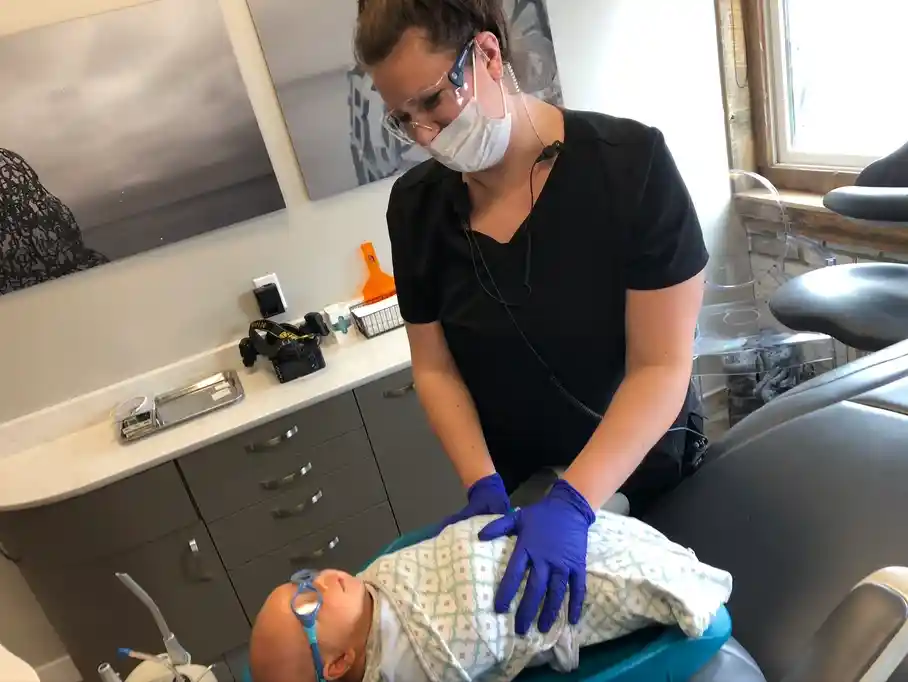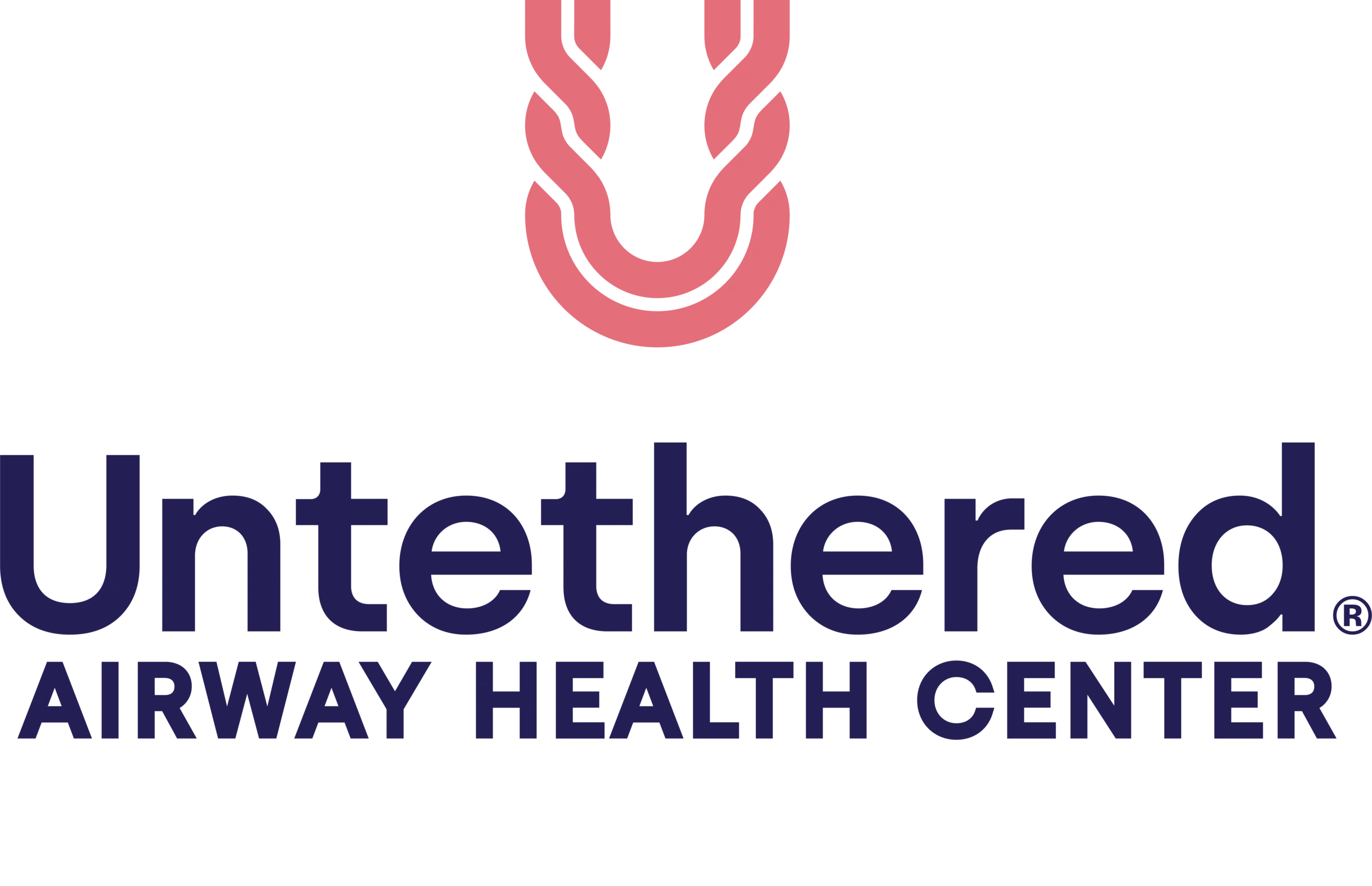Restless sleep, constant fatigue, chronic headaches and migraines…sound familiar? If so, breathing may be at the root of the issue. Sleep and breathing both have enormous impacts on your entire overall health. When one or the other is compromised, your overall health can take a major toll. Through sleep studies and sleep therapy, you can piece together the big picture and find rest and relief. Here is everything you need to know about sleep and airway assessments.
Who Are Sleep and Airway Assessments For?
In simple terms, sleep and airway assessments identify issues interfering with breathing. Because sleep-related breathing disorders aren’t widely known, most people don’t realize they suffer from sleep and airway issues. Some things they share in common, however, are a long list of connected health symptoms, including:
- Snoring (contrary to common belief, snoring is not normal!)
- Excessive daytime sleepiness (EDS)
- Lack of concentration and/or forgetfulness
- Headaches in the morning
- Feeling depressed
- Night sweats
- Weight gain
- General fatigue
- Sexual dysfunction
- Nocturia (waking to urinate)
- Stress
- Neck, shoulder, and back tension
- Suddenly stopping snoring and resuming snoring several times during sleep
- Difficult breastfeeding for babies
- Chronic nasal congestion in older children
If you or your child suffers from any of these issues without resolution, a sleep and airway assessment could help diagnose the problem.
What Do You Check for In a Sleep & Airway Assessment?
A sleep and airway assessment checks for the following possible issues:
Mouth breathing: Mouth breathing does not allow the air you breathe in to be naturally humidified and sterilized. As a result, you breathe in impurities that can cause infections of the throat, tonsils and adenoids. You also have a less controlled breathing rate so you can’t optimize the carbon dioxide-oxygen ratio in the bloodstream. And, breathing through the mouth over a long period of time has major effects on your airway’s alignment and development.
Snoring: Snoring is a common sign of airway blockage. The noise is caused by the tissues of the soft palate vibrating on the pharynx wall. In some cases, you might also have your tongue falling back while you sleep. Once the tongue is re-trained to sit in the proper position, however, your snoring will go away.
Sleep apnea: Obstructive sleep apnea causes you to stop breathing for short intervals throughout the night. As a result, there is a drop in oxygen saturation in your bloodstream. When it happens, your body releases cortisol, which increases your heart rate as your body tries to deliver oxygen. Over time, these episodes can lead to high blood pressure, as well as cardiac arrhythmia.
Sleep quality: If your breathing stimulates any of the above issues, it interferes with your ability to reach a deeper sleep level, so you are more prone to wake up.
Daytime fatigue: When you are unable to reach deeper sleep stages, you will experience sleepiness during the day due to a lack of proper sleep.
Nasal congestion: The shape and development of your airway can have an effect on your breathing. When your airway passages aren’t as open as they can be (whether from allergies to deviated septums and from nasal polyps to acute sinusitis), it’s likely that you’ll suffer from nasal congestion more often.
Head posture: Mouth-breathing over a long period of time causes your head to sit in a forward position to allow air to enter the mouth. This can also lead to temporomandibular disorders (TMD) and spine cervical disorders.
Tongue rest & posture: Proper tongue posture allows you to breathe properly while maintaining an open airway. The tongue should sit on the roof of the mouth, away from the teeth. When resting, lips should be closed with the teeth slightly apart. When the tongue is not in this posture, it’s likely constantly in a forward position instead (called tongue thrust).
Tongue-tie or restriction: A short lingual frenulum (tongue-tie), the piece of skin that holds your tongue to the bottom of your mouth, can interfere with sucking, swallowing and speech as well as decreasing the size of upper airway support.
What Happens If I Have One of the Above?
It’s typically the case where patients have one or more of the above issues that are causing sleep or breathing problems. By taking a deep look into your sleep and airway development, we can determine the root cause. Once we identify the root cause, we can work together to form a treatment plan that best suits you and your lifestyle. In some cases, that might mean changing the shape of the jawbone, myofunctional therapy, and in others, a tongue-tie release. Regardless of the solution, we’re here to help you sleep and breathe better.
Schedule a consultation or virtual appointment with Dr. Liz Turner at the Untethered Airway Health Center. She will assess your unique situation through a sleep consultation and provide sleep and airways help with a customized treatment plan. Online sleep consultations are also available.
Want to learn more about sleep and airway health? Check out our Ultimate Guide to Sleep-Related Breathing Disorders.






